With new technologies revolutionizing data collection, wildlife researchers are becoming increasingly able to collect data at much higher volumes than ever before. Now we are facing the challenges of putting this information to use, bringing the science of big data into the conservation arena. With the help of machine learning tools, this area holds immense potential for conservation practices. The applications range from online trafficking alerts to species-specific early warning systems to efficient movement and biodiversity monitoring and beyond.
However, the process of building effective machine learning tools depends upon large amounts of standardized training data, and conservationists currently lack an established system for standardization. How to best develop such a system and incentivize data sharing are questions at the forefront of this work. There are currently multiple AI-based conservation initiatives, including Wildlife Insights and WildBook, that are pioneering applications on this front.
This group is the perfect place to ask all your AI-related questions, no matter your skill level or previous familiarity! You'll find resources, meet other members with similar questions and experts who can answer them, and engage in exciting collaborative opportunities together.
Just getting started with AI in conservation? Check out our introduction tutorial, How Do I Train My First Machine Learning Model? with Daniel Situnayake, and our Virtual Meetup on Big Data. If you're coming from the more technical side of AI/ML, Sara Beery runs an AI for Conservation slack channel that might be of interest. Message her for an invite.
Header Image: Dr Claire Burke / @CBurkeSci

Explore the Basics: AI
Understanding the possibilities for incorporating new technology into your work can feel overwhelming. With so many tools available, so many resources to keep up with, and so many innovative projects happening around the world and in our community, it's easy to lose sight of how and why these new technologies matter, and how they can be practically applied to your projects.
Machine learning has huge potential in conservation tech, and its applications are growing every day! But the tradeoff of that potential is a big learning curve - or so it seems to those starting out with this powerful tool!
To help you explore the potential of AI (and prepare for some of our upcoming AI-themed events!), we've compiled simple, key resources, conversations, and videos to highlight the possibilities:
Three Resources for Beginners:
- Everything I know about Machine Learning and Camera Traps, Dan Morris | Resource library, camera traps, machine learning
- Using Computer Vision to Protect Endangered Species, Kasim Rafiq | Machine learning, data analysis, big cats
- Resource: WildID | WildID
Three Forum Threads for Beginners:
- I made an open-source tool to help you sort camera trap images | Petar Gyurov, Camera Traps
- Batch / Automated Cloud Processing | Chris Nicolas, Acoustic Monitoring
- Looking for help with camera trapping for Jaguars: Software for species ID and database building | Carmina Gutierrez, AI for Conservation
Three Tutorials for Beginners:
- How do I get started using machine learning for my camera traps? | Sara Beery, Tech Tutors
- How do I train my first machine learning model? | Daniel Situnayake, Tech Tutors
- Big Data in Conservation | Dave Thau, Dan Morris, Sarah Davidson, Virtual Meetups
Want to know more about AI, or have your specific machine learning questions answered by experts in the WILDLABS community? Make sure you join the conversation in our AI for Conservation group!
- @pchwalek
- | He/him/his
I'm a PhD candidate in the Responsive Environments Group, working on electronic systems for human and wildlife monitoring.

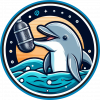
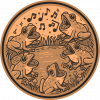
- 0 Resources
- 18 Discussions
- 9 Groups
I am a scientist with research background in evolutionary-ecological genomics and have impact at the senate level to prevent a government viral biocontrol release. UK based and looking to connect with passionate dreamers ready to shift paradigms
- 0 Resources
- 3 Discussions
- 9 Groups
MSc student in wildlife management and conservation


- 0 Resources
- 2 Discussions
- 12 Groups
- @LauraKloepper
- | she/her
Associate Professor at the University of New Hampshire. Our research aims to uncover behavioral principles underlying acoustic sensing, inspire the design of active sensing technology, and improve population monitoring for animal conservation.

- 1 Resources
- 3 Discussions
- 5 Groups
- @reny.tyson.moore
- | She/Her/Hers
- 0 Resources
- 0 Discussions
- 4 Groups
Tech-Driven Conservation with a Wild Twist

- 0 Resources
- 1 Discussions
- 8 Groups
- 0 Resources
- 0 Discussions
- 14 Groups
Universidad San Francisco de Quito
Biologist/Professor focusing on carnivore conservation in Ecuador
- 0 Resources
- 0 Discussions
- 12 Groups
- @Thorondor
- | He/Him
AI engineering working on cutting edge AI research and product for detecting objects. Big wildlife and conservation enthusiast and amateur wildlife photographer.
- 0 Resources
- 0 Discussions
- 2 Groups
finding ecological solutions using sound and conservation tech
- 0 Resources
- 0 Discussions
- 4 Groups
Currently a data scientist in industry working on mechanistic models of risk, previously worked on modeling coral reefs. I am interested in the potential for emerging technologies and new ideas to help us solve environmental crises.
- 0 Resources
- 0 Discussions
- 14 Groups
Fauna & Flora
- 0 Resources
- 3 Discussions
- 10 Groups
Article
At the 2018 London Illegal Wildlife Trade Conference, we announced the WILDLABS Tech Hub, an accelerator programme created to support the development and scaling of groundbreaking technological solutions addressing the ...
13 April 2020
Community Announcement
Our second WILDLABS Community Call took place on April 1st to continue the discussion started by Ben Tregenna in our Data Science group, in which he suggested the idea of submitting a collaborative entry to the X-Prize...
30 March 2020
Article
At the 2018 London Illegal Wildlife Trade Conference, we announced the WILDLABS Tech Hub, an accelerator program created to support the development and scaling of groundbreaking technological solutions addressing the ...
26 March 2020
Trapped inside during the COVID-19 quarantine and looking to engage with conservation science without leaving your desk? Citizen science projects like those on Zooniverse offer a great opportunity to impact scientific...
18 March 2020
Machine learning is rapidly expanding as a useful field research tool, but its complexity can intimidate even seasoned tech conservationists. Edge Impulse aims to make machine learning solutions accessible,...
16 March 2020
The Esri Conservation Program is now accepting applications for grant assistance to access its ArcGIS Solutions for Protected Area Management Application. This system provides access to a suite of both mobile and web...
4 March 2020
The 2020 Tusk Awards are now accepting nominations of outstanding individuals who have made a significant impact on conservation in Africa. These nominations offer the rare and exciting opportunity to honor your peers...
3 March 2020
Are you ready for the Plastic Data Challenge? This global contest wants your innovative ideas for improving the plastic waste management and recycling chain in South and Southeast Asia. Participants can consider...
3 March 2020
Conservation X Labs welcomes you to enter the Artisanal Mining Grand Challenge, a competition aimed at finding new and innovative solutions to the environmental problems caused by mining operations. This competition...
26 February 2020
Researchers are increasingly placing microphones in forests and other ecosystems to monitor birds, insects, frogs, and other animals. As the technology advances and becomes less costly, proponents argue, bioacoustics is...
24 February 2020
The Arribada Initiative is back with an update on their thermal elephant alert system which aims to reduce human-elephant conflict (HEC). The success of their system rests on the ability of a camera to accurately...
17 February 2020
Applications are now open for a second round of the £10 million UK Seafood Innovation Fund to transform the future landscape of the seafood industry.
11 February 2020
June 2025
event
event
July 2025
October 2025
event
event
73 Products
Recently updated products
16 Products
Recently updated products
| Description | Activity | Replies | Groups | Updated |
|---|---|---|---|---|
| Hi Steph, This should be a simple project. Recently I came across a website with a sample video I am not sure whether it was from the wild Labs website. Where a camera is... |
|
AI for Conservation, Camera Traps | 2 years 3 months ago | |
| Bluesky have a commercial tree crown dataset available covering most of Great Britain (England, Wales and parts of Scotland). There is a canopy layer with approximate outlines of... |
|
AI for Conservation, Drones | 2 years 3 months ago | |
| Rainforest Connection's (RFCx) Guardian devices may be of interest. They are solar-powered and have connectivity options for Wifi, GSM and satellite transfer. They've previously... |
|
Acoustics, AI for Conservation, Connectivity, Data management and processing tools, Protected Area Management Tools, Sensors | 2 years 3 months ago | |
| My original background is in ecology and conservation, and am now in the elected leadership of the Gathering for Open Science Hardware which convenes researchers developing open... |
|
AI for Conservation, Animal Movement, Camera Traps, Conservation Tech Training and Education, Data management and processing tools, Drones, Emerging Tech, Sensors | 2 years 4 months ago | |
| Hi Sophie, Can you please help me or get in touch in developing a system where we are able to detect an Elephant? Would like to discuss more about it. Kindly treat this as urgent!! |
+8
|
AI for Conservation | 2 years 4 months ago | |
| Hello All - @sarabeery et Al have just put a pre-print out on their educational insights into teaching Computer Vision to ecologists. I... |
|
Acoustics, AI for Conservation, Conservation Tech Training and Education, Early Career, Emerging Tech | 2 years 4 months ago | |
| The Conservation Technology Lab at San Diego Zoo seeks undergrads for summer projects in computer vision, machine learning, bioacoustics,... |
|
Acoustics, AI for Conservation, Conservation Tech Training and Education | 2 years 5 months ago | |
| I just came across this interesting paper in which seismic monotoring of animals like elephants was mentioned. This is the study refered to:Cheers,Lars |
|
AI for Conservation, Camera Traps, Emerging Tech, Ethics of Conservation Tech, Human-Wildlife Conflict, Geospatial, Sensors | 2 years 5 months ago | |
| Quick reminder that the deadline for applications is just shy of a week away. This workshop is particularly geared to teach ecologists computer vision tools to apply to their... |
|
Conservation Tech Training and Education, AI for Conservation | 2 years 5 months ago | |
| Hahaha, now I see why you were asking ... |
|
AI for Conservation | 2 years 6 months ago | |
| Hi all, one of the 8 MozFest 2023 spaces is 'Tech & Biodiversity', and the organisers seek input for an event on the intersection of... |
|
AI for Conservation, Ethics of Conservation Tech, Open Source Solutions | 2 years 6 months ago | |
| Out of curiosity, what are the similarities/differences between your platform and other image classification ones such as Wildlife Insights, WildID, ZambaCloud? I don't mean that... |
|
AI for Conservation, Emerging Tech | 2 years 7 months ago |
Which are major open challenges that AI can help to solve in nature conservation ?
28 April 2021 9:15am
13 August 2021 10:04pm
Elizabeth Bondi has work on detection from thermal imagery taken by drones! I'd look at her papers :)
27 August 2021 10:51am
Looks good, but what is the added value compared to other examples as Obsidentify and Plantnet?
AI/ML Engineer Job at Dryad
26 August 2021 2:45pm
Widening the Bottleneck: Can Citizen Science Accelerate Conservation?
19 August 2021 12:00am
Open positions in ML & conservation/climate sci
18 August 2021 2:22pm
Geo for Good Lightning Talks: Nature Conservation
 Google Earth Outreach
Google Earth Outreach
17 August 2021 12:00am
Building Sustainable Support with Edge Impulse
13 August 2021 12:00am
Accessible Tech and Real Impact with the WILDLABS Fellowship: On the Edge
9 August 2021 12:00am
WILDLABS Community Call: August 12th
4 August 2021 12:00am
Tech Tutors: How do I get started with Wildlife Insights?
29 July 2021 12:04am
Wildlife Insights Launches
27 July 2021 12:00am
Tech Tutors: How do I get started with Megadetector?
22 July 2021 3:34pm
Opportunity: Lead an ML Workshop
 Edge Impulse
Edge Impulse
21 July 2021 12:00am
How do I get started with Wildlife Insights?
19 July 2021 12:00am
How do I get started with Megadetector?
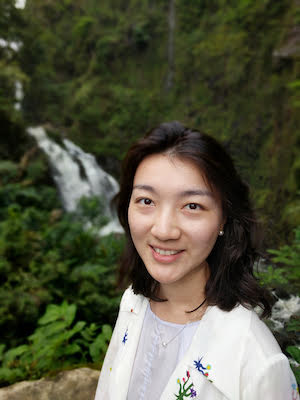 Siyu Yang
Siyu Yang
7 July 2021 12:00am
WILDLABS Tech Tutors: Season 3
6 July 2021 12:00am
How do I choose the right camera trap(s) based on interests, goals, and species?
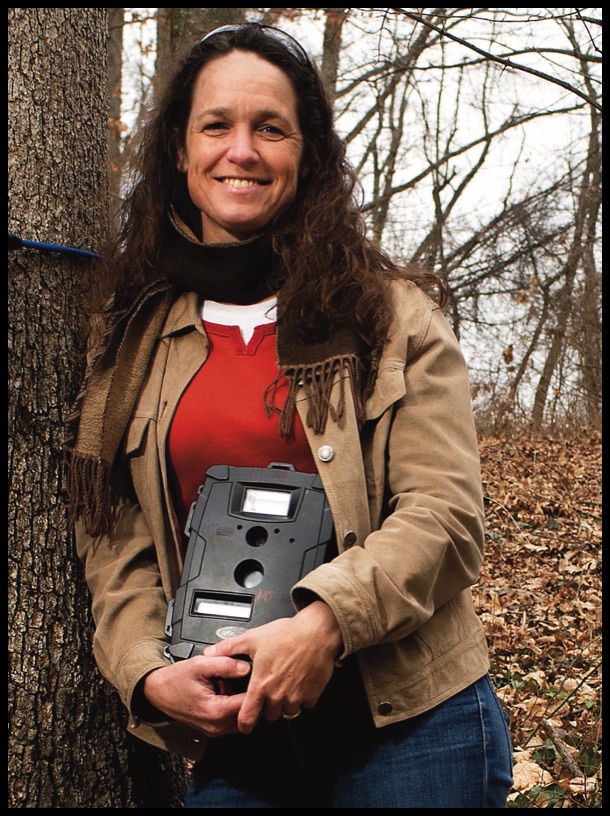 Marcella Kelly
Marcella Kelly
6 July 2021 12:00am
BearID Featured: Artificial Intelligence & Other New Technology In Bear Research
 WILDLABS Team
and 1 more
WILDLABS Team
and 1 more
1 July 2021 12:00am
PhDs (or MSc) in tech + nature conservation ?
28 April 2021 9:16am
26 May 2021 5:09pm
I think programming and machine learning are what I wish I did in uni the most. Particularly Python coding. Most biologists use R/Rstudio but Python is more popular in the tech world. And machine learning is taking over everything, conservation included, so it's definitely a high-demand skill.
26 May 2021 9:14pm
carlybatist, I can help with python. Is there anything you or people in your network may need help?
About ML - can you tell 3 main challenges you'd think as priority in conservation, that ML can be helpful ? Also, anything that also small NGOs may struggle to work on, due to limited budget / IT capacity, and so they may benefit from freelancers ? Large NGOs or international agencies will likely work with established companies. I'ìd like to know if there could be a niche were I can interact directly with NGOs and philantropic institutions, both for supporting with services, as well for listening to feedback to project proposals that could benefit from mutual collaborations (e.g. tech pilot + fundraising = startup and product iterations with lower costs).
Also, can you mention a few activities / roles that may offer both outdoor + analytics / tech skills ?
Piorirty is outdoor for me. But since I have a few tech skills and management skills, im trying to trade them!
26 May 2021 10:04pm
You should join the Key Conservation app, which connects people and NGO's for specific needs, whether funding, time, or skills (programming included). Organizations can list particular things they need and you can get day-to-day updates on progress.
In terms of how ML is used in conservation, it's mostly to process the large datasets yielded by conservation tech (camera traps, passive acoustics, biologging, remote sensing/GIS). Annotating detections (which pictures have animals, which species a call belongs to, where deforestation is happening through satellite imagery, etc.).
And lots of freelancing opportunities come up in Wildlabs - the community threads and the biweekly digest. Twitter is also great for finding those kinds of opportunities, search by relevant keywords or hashtags (e.g., #tech4wildlife). I would also start following conservation tech organizations on LinkedIn and Twitter or subscribing to their newsletters or listservs so you don't miss opportunities as they come up.
New Papers: Methods in Ecology and Evolution
23 April 2021 12:00am
New Papers: Remote Sensing in Ecology and Conservation
22 April 2021 12:00am
BirdCLEF 2021 Kaggle Challenge
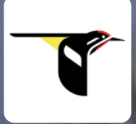 The Cornell Lab of Ornithology
The Cornell Lab of Ornithology
19 April 2021 12:00am
Looking for animal emotions data for ML
17 March 2021 12:43pm
26 March 2021 4:06pm
There is a TON of research on ML algorithms for all this!
For facial rec-
BearID project - http://bearresearch.org/ (individual facial rec for grizzlies)
AnimalFACS (facial action coding system) - http://www.chimpfacs.com/ (the model started with chimps but they now have versions for orangutans, gibbons, macaques, dogs, cats, and horses)
A lot of the gesture/facial expression literature is focused on primates, particularly apes, so if you do a Google Scholar search on that, you'll loads of papers that have looked into this as well.
For vocals -
Carlson, N. V., Kelly, E. M., & Couzin, I. (2020). Individual vocal recognition across taxa: a review of the literature and a look into the future. Philosophical Transactions of the Royal Society B, 375(1802), 20190479.
Turesson, H. K., Ribeiro, S., Pereira, D. R., Papa, J. P., & de Albuquerque, V. H. C. (2016). Machine learning algorithms for automatic classification of marmoset vocalizations. PloS one, 11(9), e0163041.
Wijers, M., Trethowan, P., Du Preez, B., Chamaillé-Jammes, S., Loveridge, A. J., Macdonald, D. W., & Markham, A. (2020). Vocal discrimination of African lions and its potential for collar-free tracking. Bioacoustics, 1-19.
Clink, D. J., Crofoot, M. C., & Marshall, A. J. (2019). Application of a semi-automated vocal fingerprinting approach to monitor Bornean gibbon females in an experimentally fragmented landscape in Sabah, Malaysia. Bioacoustics, 28(3), 193-209.
Spillmann, B., van Schaik, C. P., Setia, T. M., & Sadjadi, S. O. (2017). Who shall I say is calling? Validation of a caller recognition procedure in Bornean flanged male orangutan (Pongo pygmaeus wurmbii) long calls. Bioacoustics, 26(2), 109-120.
Hantke, S., Cummins, N., & Schuller, B. (2018, April). What is my dog trying to tell me? The automatic recognition of the context and perceived emotion of dog barks. In 2018 IEEE International Conference on Acoustics, Speech and Signal Processing (ICASSP) (pp. 5134-5138). IEEE.
Totakura, V., Janmanchi, M. K., Rajesh, D., & Hussan, M. T. (2020). Prediction of Animal Vocal Emotions Using Convolutional Neural Network. International Journal of Scientific & Technology Research, 9(2), 6007-6011.
Other -
Neethirajan, S., Reimert, I., & Kemp, B. (2021). Measuring Farm Animal Emotions—Sensor-Based Approaches. Sensors, 21(2), 553.
Hong, W., Kennedy, A., Burgos-Artizzu, X. P., Zelikowsky, M., Navonne, S. G., Perona, P., & Anderson, D. J. (2015). Automated measurement of mouse social behaviors using depth sensing, video tracking, and machine learning. Proceedings of the National Academy of Sciences, 112(38), E5351-E5360.
26 March 2021 7:44pm
Thank you VERY much for that, Carly. I really appreciate it. I have only heard of the bear research project and was not aware of the others. This is very helpful.
FYI: Most studies I am aware of use ML with facial recognition software. I am interested to find out if there are recognition software/research for facial-gesture-voice-speech as this will be more accurate to read animals that have less elastic facial expressions than primates or humans.
The 2021 #Tech4Wildlife Photo Challenge: Community Highlights
25 March 2021 12:00am
Event: tinyML for Good: Conservation & Climate
 Edge Impulse
Edge Impulse
22 March 2021 12:00am
Allen Coral Atlas - using machine learning to map coral reefs
17 March 2021 6:48pm
Building Experts Into AI
15 March 2021 12:00am
Kaggle Competition: iWildcam 2021 - FGVC8
12 March 2021 12:00am
Funding Opportunity: COVID-19 Science Fund
10 March 2021 12:00am
Resource: WildID
8 March 2021 12:00am
Looking help with camera trapping for Jaguars: Software for species ID and database building
23 February 2021 9:49pm
2 March 2021 3:44pm
Hi Carmina,
I definitely get not wanting to create another copy of your data, I realized this about Camelot just a little late, and we did have to buy a 4 TB external hard drive. The unique names that Camelot assigns to its copies of the data are also not friendly if you want to move things around.
I mentioned that Wild.ID is being more and more integrated with Wildlife Insights, but it can still be used as a standalone software. It has the same format as Camelot, but I think it doesn't create and additional copy (I might be wrong about this, though). You should take a look at this, it might be what you need.
As for detection, Camelot puts together batches of photos, uploads them to Microsoft's servers, and then gets the resulting database back. The model they use, however, is available and you can run it on your own computer. The AI model that it uses is called Megadetector. You used to have to run it from the command line, but recently Petar Gyurov posted this GUI that makes using Megadetector soooo much easier. You just tell the software where your photos are, and let it run. You can decide whether you trust it enough to sort your photos automatically, or check yourself. In most conditions it performs very well, you may have issues when you can only see parts of an animal behind some vegetation. The check would take less time than going through the raw pictures, since it marks boxes where it found things. You still have to identify the pictures after they're sorted. Megadetector will work on any computer, but it performs much faster if it has an Nvidia graphical card. However, setting this up is a little tricky.
Finally, the output from Megadetector can be integrated into the workflow of Timelapse, another software. I've never used this one so I can't really say how well it works.
Integrating everything can be a little intimidating, so feel free to ask if you need guidance for any of these steps.
Best,
Juan
4 March 2021 9:34pm
Hi.
Thanks a lot for your explanation. I decided to try megadetector but I'm dumb with computers and of course I don't have a Nvidia graphical card, can you help me?
If it is better for you to talk directly, you can write to reservajaguar@gmail.com
I'm so happy I can finally see the light with so many photos :)
Thanks again
Carmina
4 March 2021 11:06pm
Sure thing, I'll email you directly.









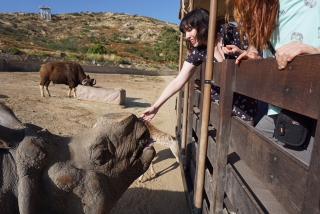
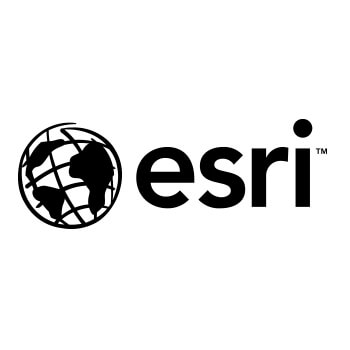




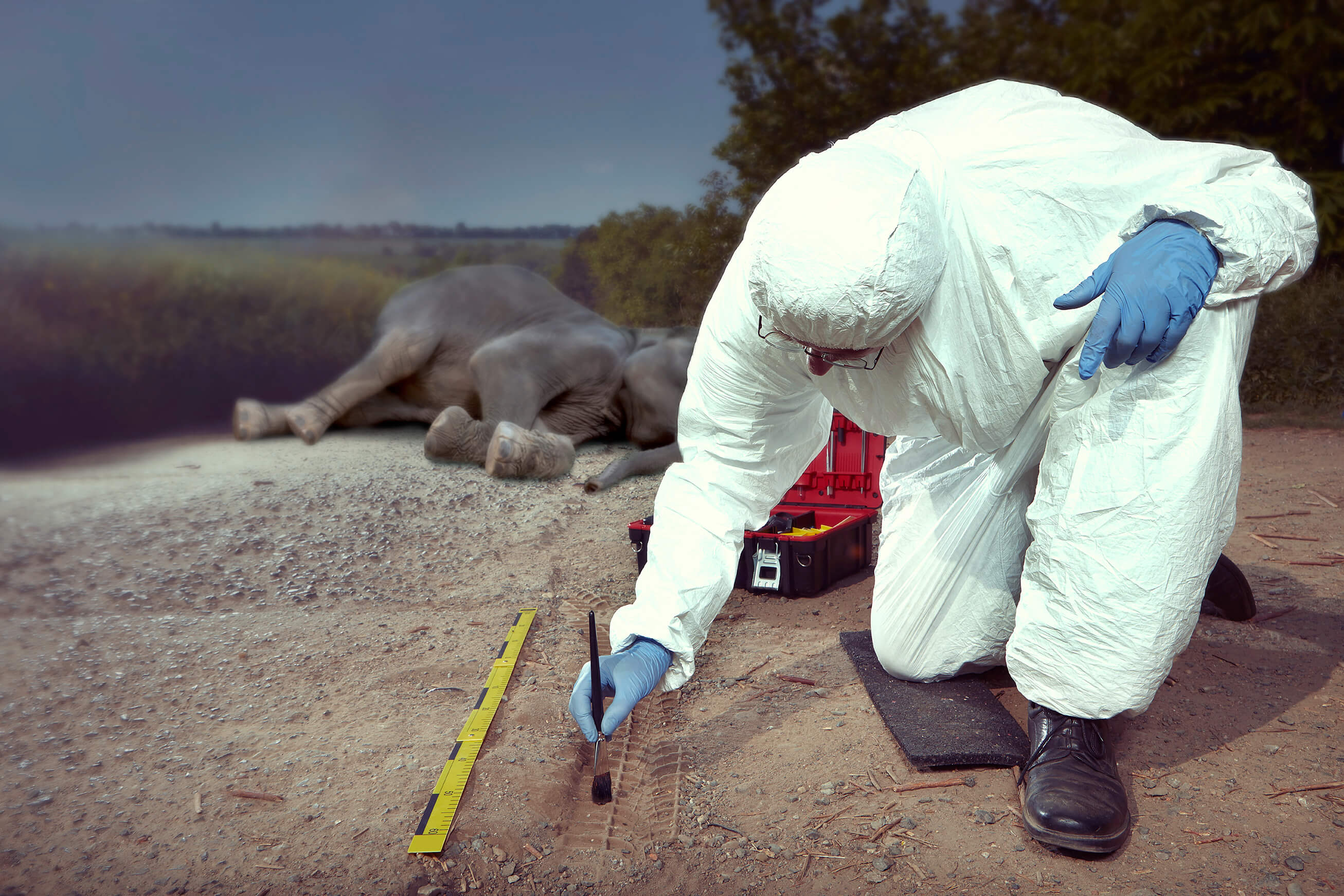









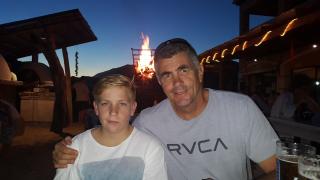




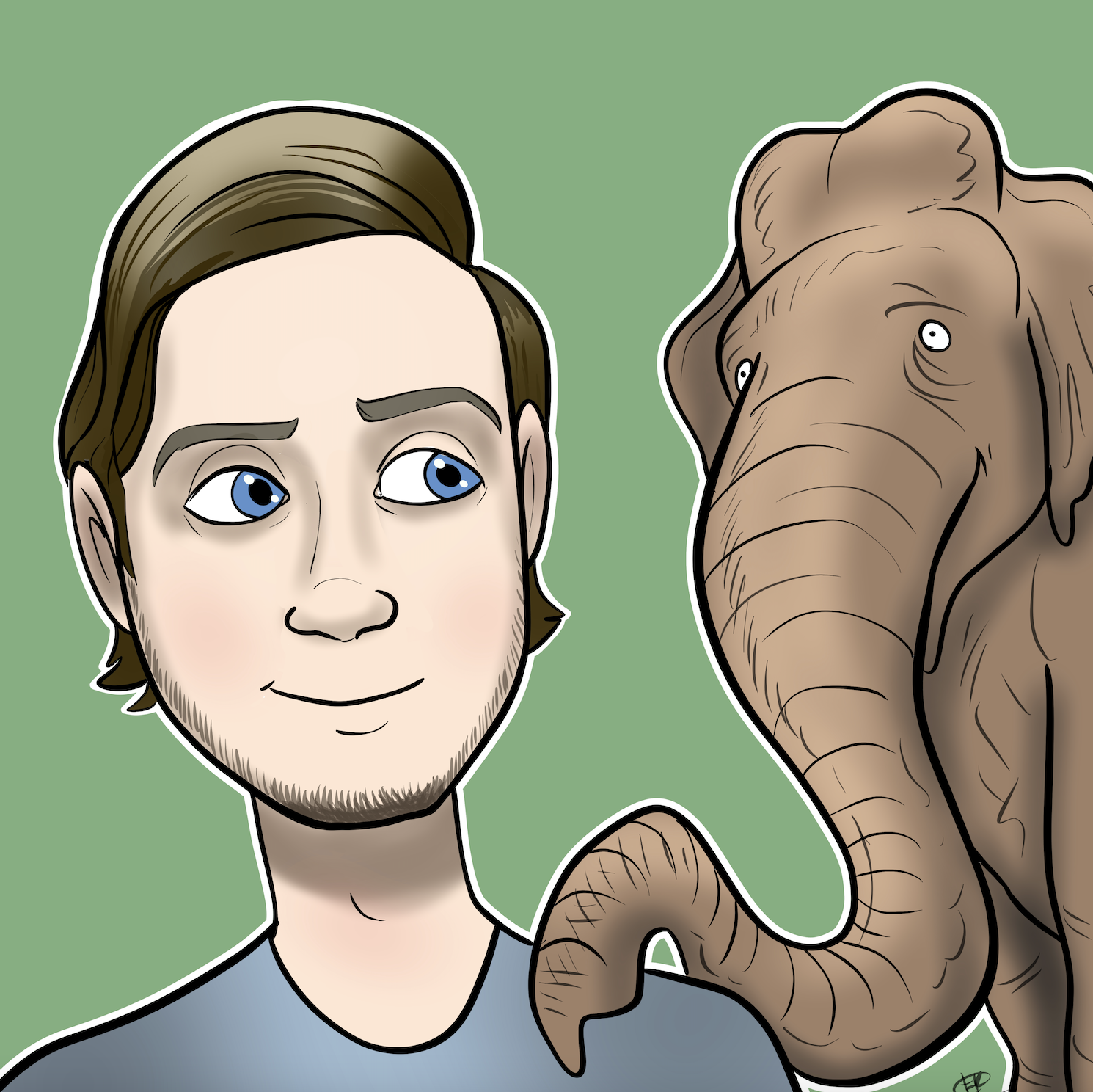










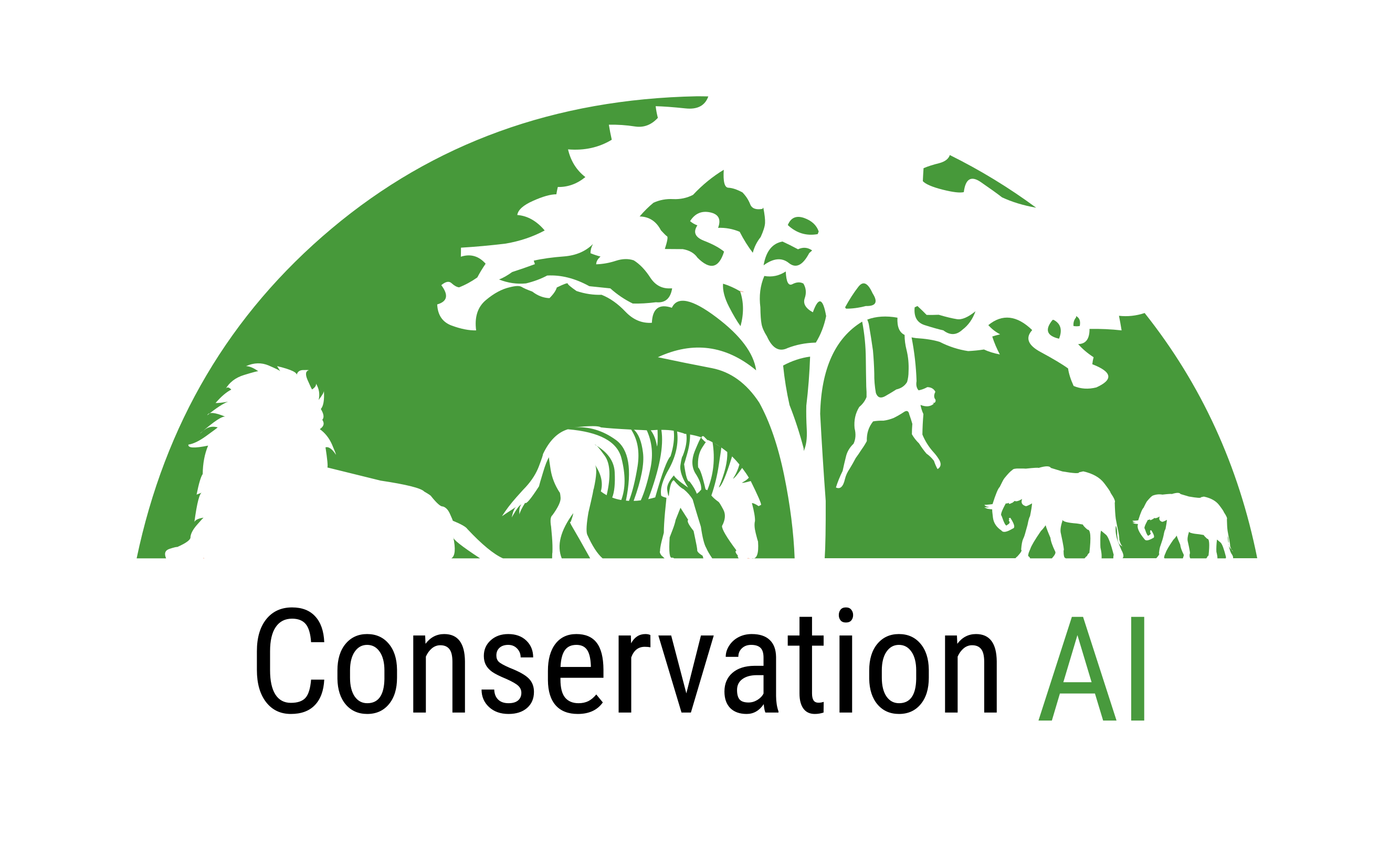



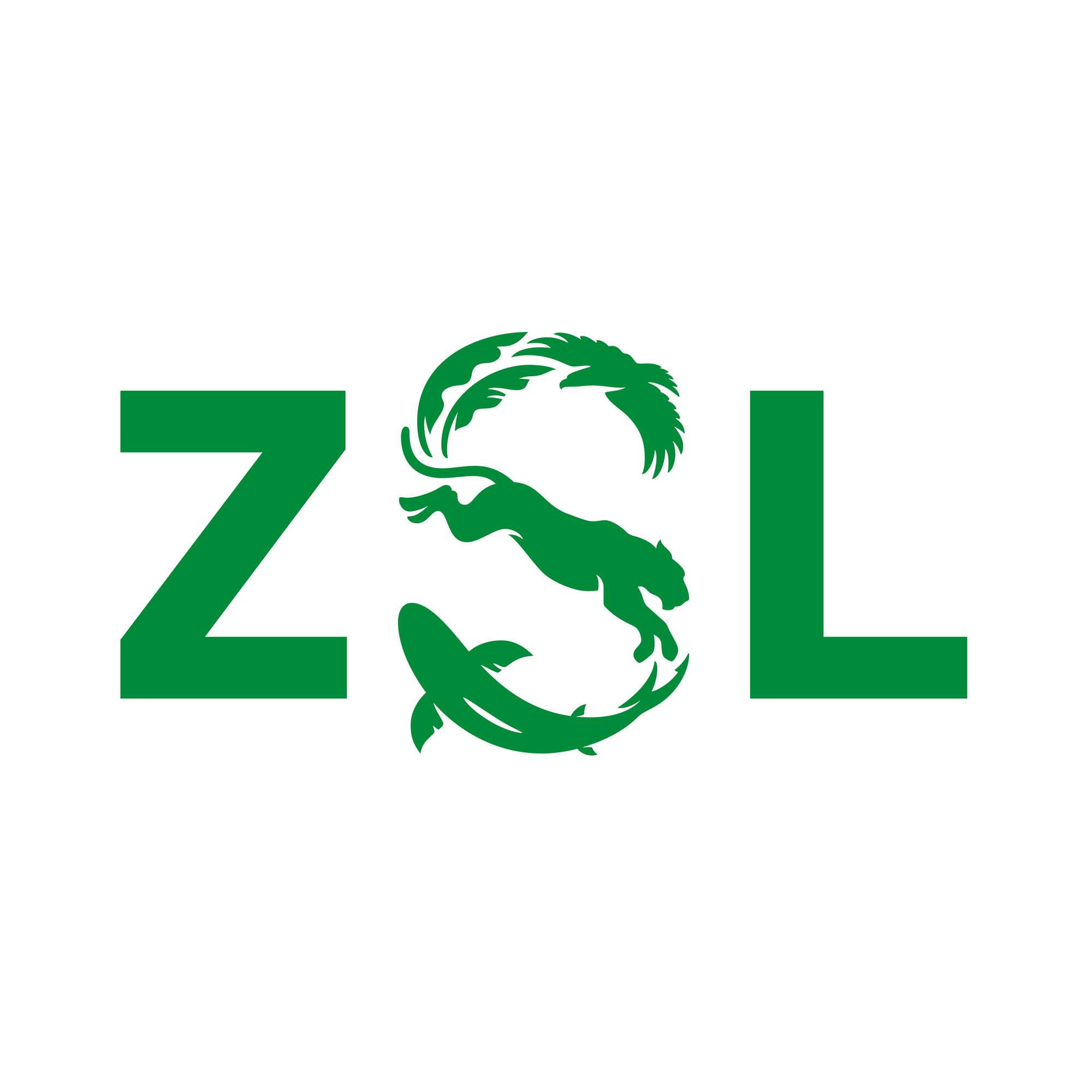
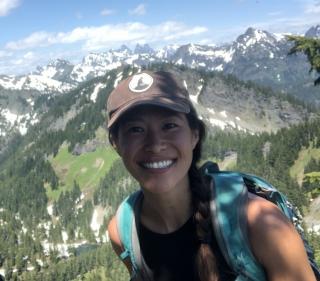
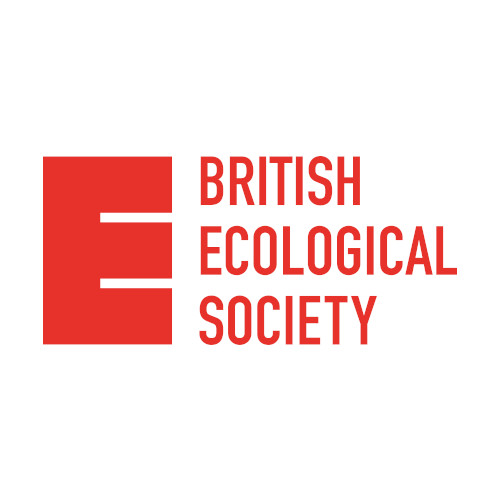


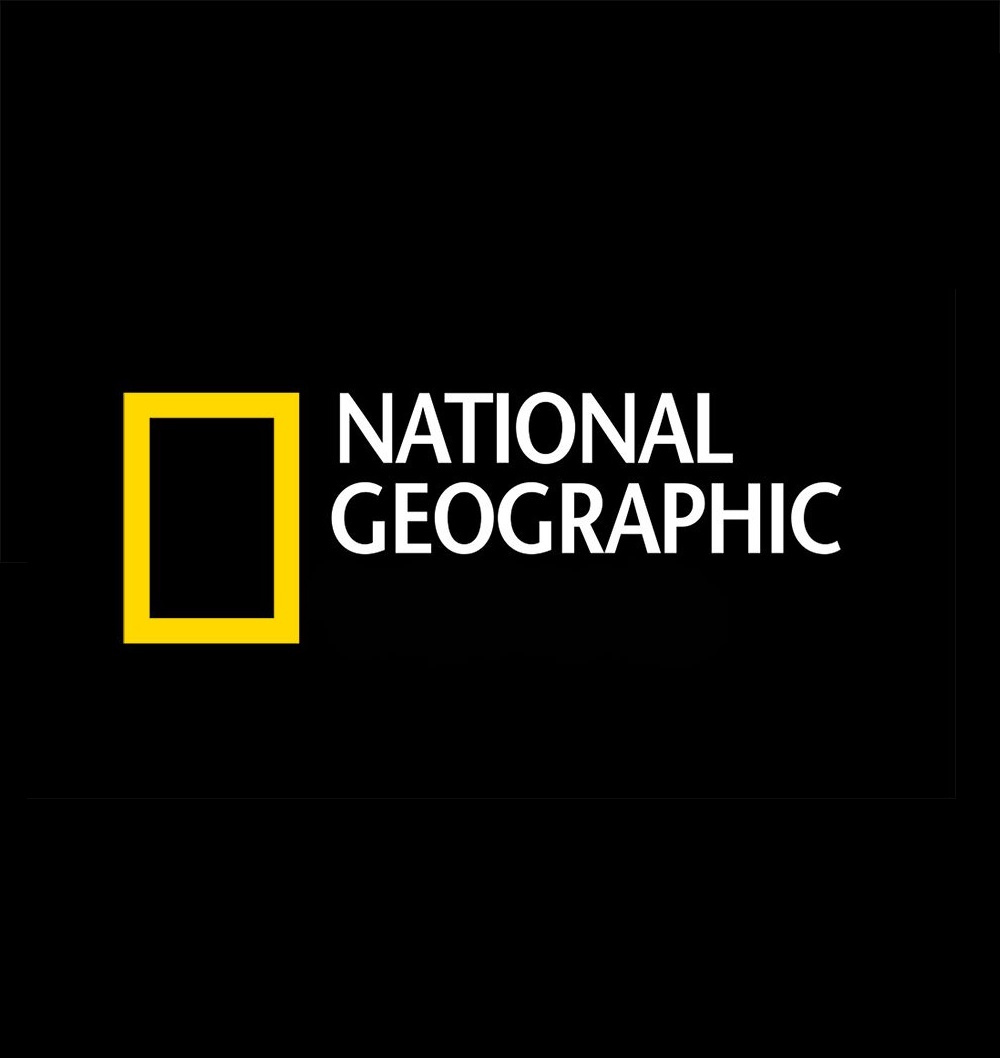

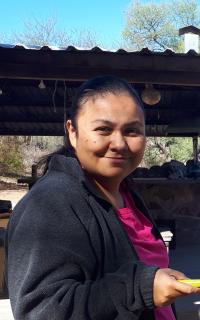

4 August 2021 5:00pm
I would perhaps ask this in a new thread, so the rest of the community can see it! (as opposed to a reply here, where only the people in the conversation are notified of more replies).